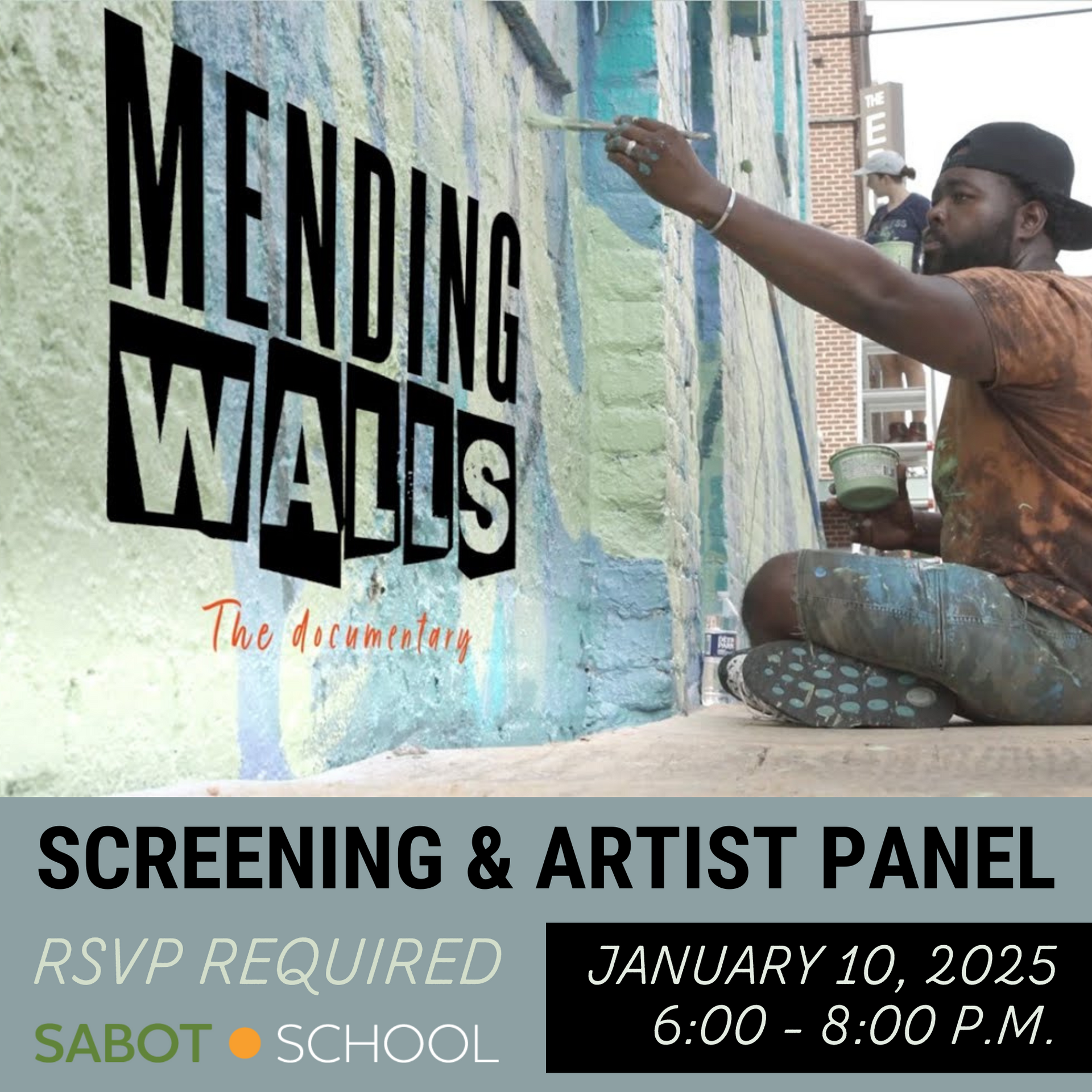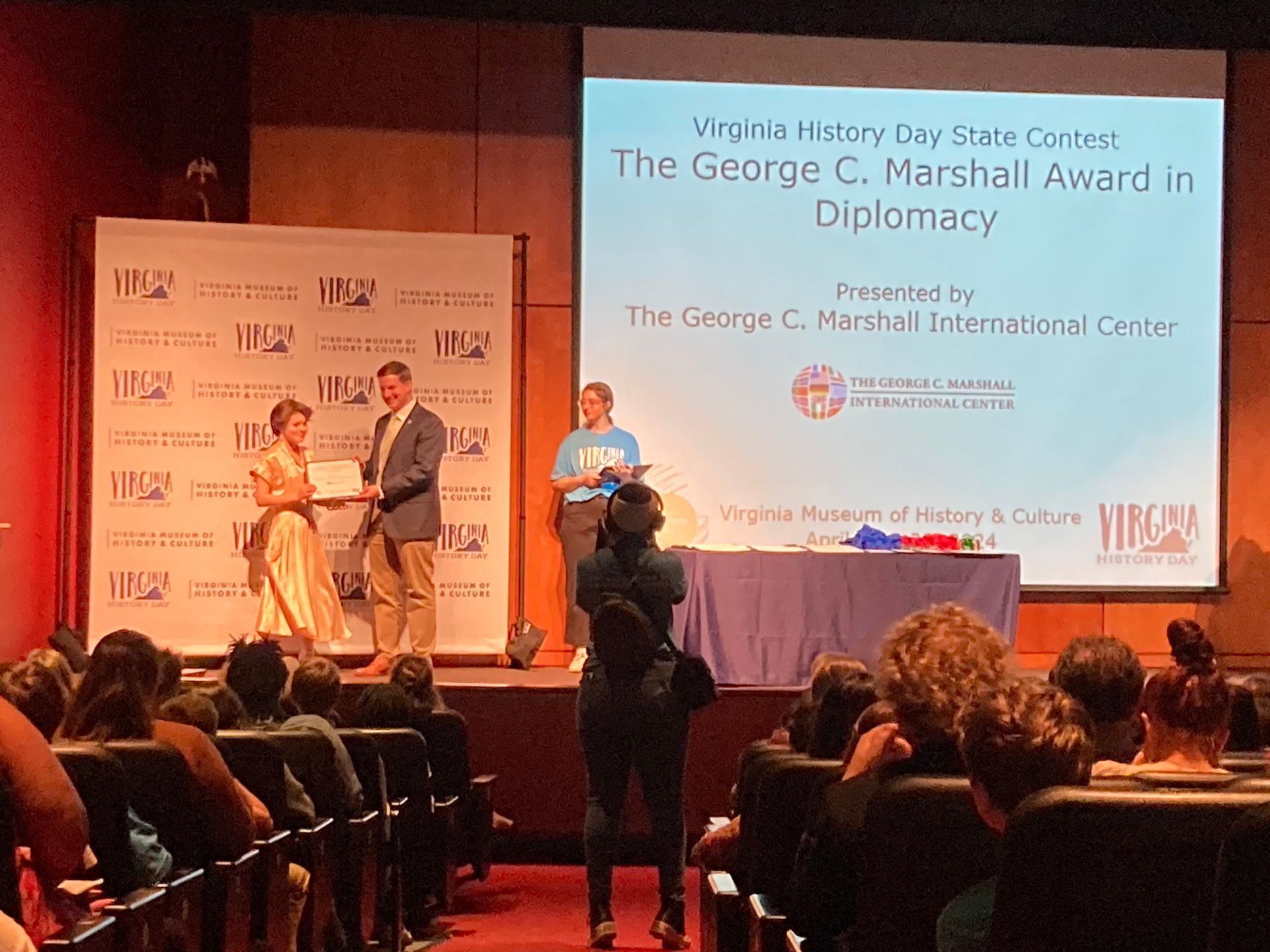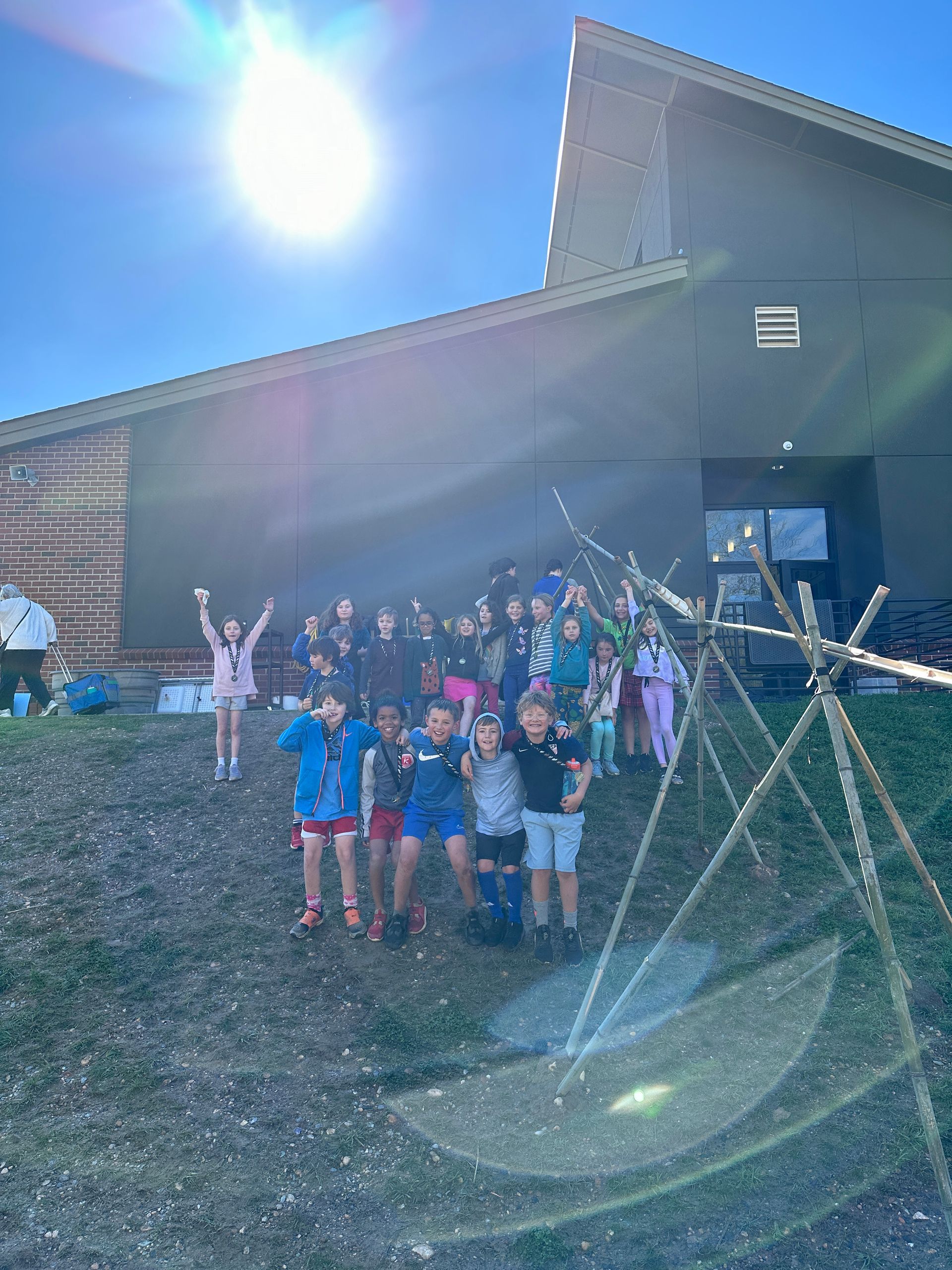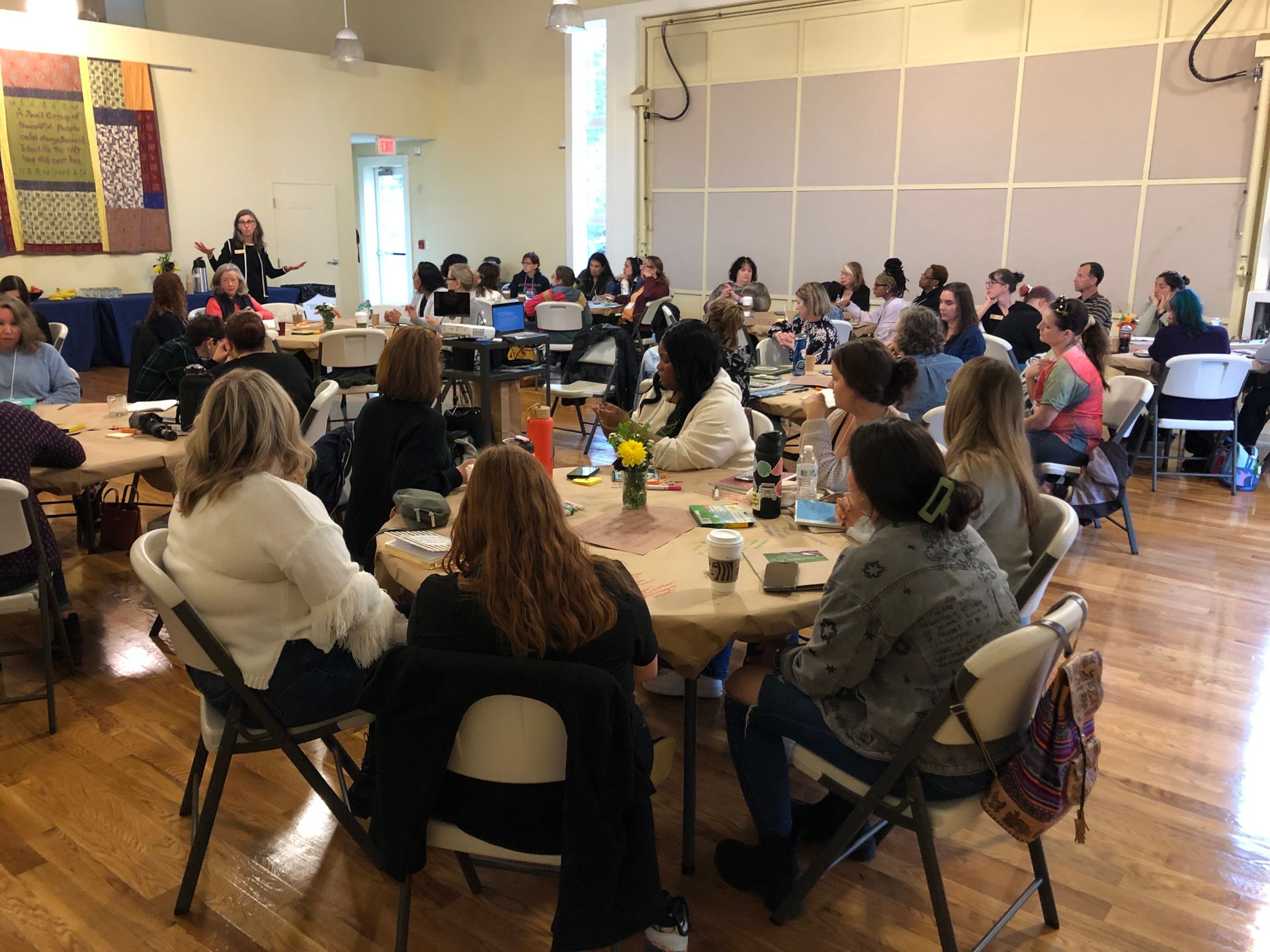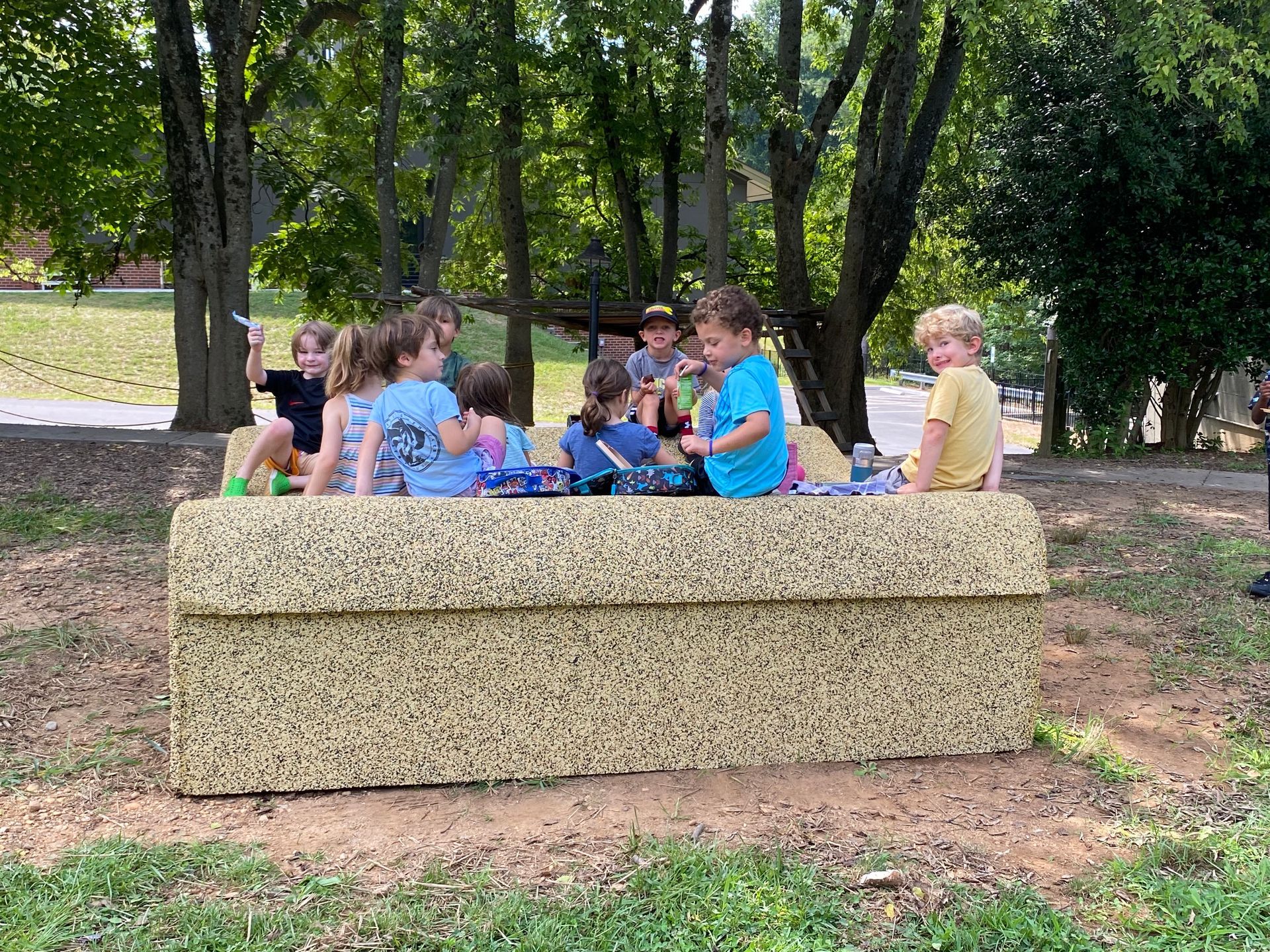Well, we had an all science day before and after the field trip. We started out by building and sharing some background knowledge about the rock cycle and types of rocks. Why, you may ask, if we have been looking at rocks for a long time, would we just be getting to this point?
The teachers have found that when to introduce background material depends on the subject. You must have some eventually, or you won’t be able to think and reason well about the subject at hand. You really can’t discover ALL of it for yourself. It took lots of smart people thousands of years to figure out what we corporately know now. Sometimes it also requires materials that we don’t have. (If anyone has a nice sized vacuum chamber, a spectrometer, or an electron microscope lying around, we’d love to borrow them.)
In science especially, however, we have found that giving out the information right away seems to limit inquiry and interest, not support it. Possibly, once you have named something you think you know all about it. Maybe, you need to see and handle something to figure out why it might be interesting.
We began by taking a Friday forest time to look for rocks in the forest. We decided to look for “interesting” rocks to bring back to the class and “investigate.” One thing that I noticed right away was even then, how much more often people were naming the rocks than observing them. I heard “oh, that’s just quartz” many times. When I asked how they knew, or why it was, I might or might not get an articulated reason, but it didn’t take very long to get to questions that the student couldn’t answer.
We selected about 20-25 rocks from the pile and brought them back to class. I provided a form with spaces to record the information we would get from observing several characteristics of the rocks. I chose the characteristics. Each working pair chose a few rocks that they were interested in. As each working pair tested their rocks, I noticed that their observations became more detailed.
When we finished our pair work, we chose one characteristic to sort the rocks by. We chose hardness. We assembled all of the rocks that had scratched glass or quartz (the hardest ones). Each pair then chose a hard rock and a rock from their work. They made Venn diagrams to show what the rocks had in common, and how they were different. At this point, observations were much more thorough, and there was more information to choose from. The class was paying much more attention to the variety of characteristics that each rock had. Now we had much better questions.
What is a rock or a mineral?
Why do some of them fizz when they come in contact with acid?
Why do a few of them float?
Why are some harder than others?
Are some of them the same except for color?
Why do they break in different patterns?
Why are some easy to break, and some almost impossible?
(This is a partial list of the total group questions. Different people had different questions, and this isn’t all of them)
For the last few weeks, we have been accumulating the background knowledge. We are much better able to sort our understandings, and see what is relevant and why, because we first built some ideas of rocks and minerals and the characteristics they might have. I have also noticed, having taught a similar “unit” to a more traditional fifth grade, that students are recalling information more easily, and making more, and more accurate, connections between one fact and another.
Here are some ways we will check to see if we are successful (generated by the group):
1. We will be able to answer questions that they ask.
2. We will be able to hold their attention.
3. They will know they have learned new things.
4. The third grade will have good questions to ask.
Ideas for presentations have moved from diagrams to 3-D diagrams and models, to power points or booklets, to samples and demonstrations. They are adding glossaries to include the words that are important, but 3rd graders might not know yet. At least 4 people are teaching themselves more about PowerPoint. A is taking pictures of erosion and weathering in the forest to add to a PowerPoint.
The post appeared first on Sabot at Stony Point.
SHARE THIS POST
